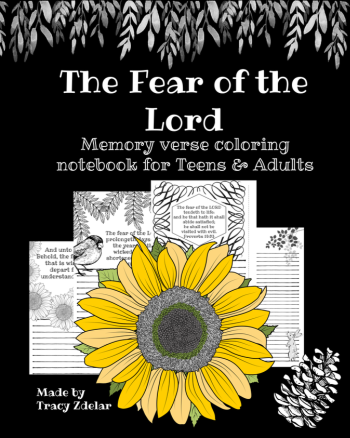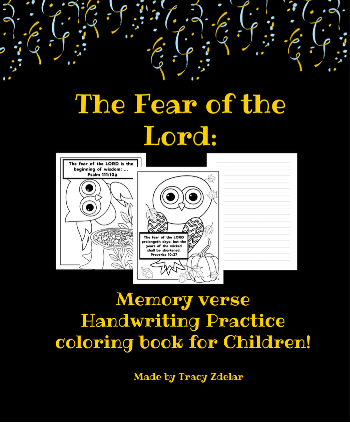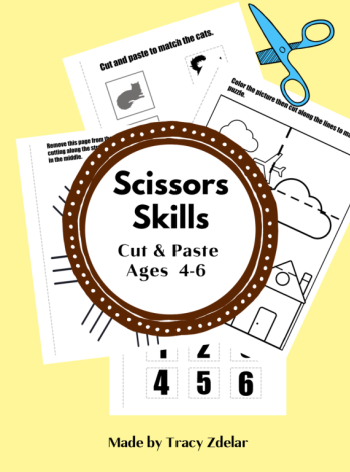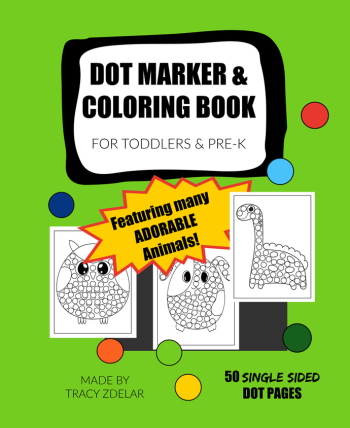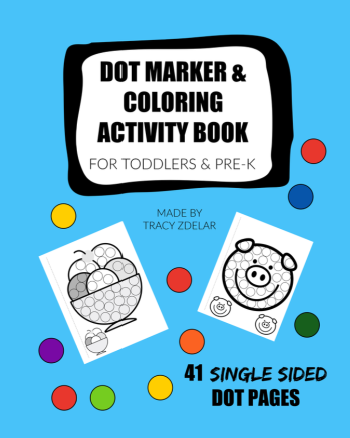Every day we are inundated with bills, flyers, coupons, receipts, and school paperwork. Unless we find a way to manage the paper that comes into our homes, it can quickly get out of hand. Here are 3 simple steps for organizing paper clutter.
Step 1: Designate Areas for Specific Items
First, identify where to store the individual items. After all, without a plan, the paper will just end up in multiple stacks and piles throughout your house.
Storage areas to consider:
- Bill Box – Use a small container to store current bills and items that require short-term attention.
- Coupon Binder – Store newspaper inserts, mailers, and promotional flyers together.
- Family Binder – Consolidate frequently used documents for each family member (School Assignments, Permission Slips, and Sports Schedules).
- Filing Cabinet – Use a two door filing cabinet to hold bill stubs, medical documents, manuals, warranty paperwork and receipts.
- Waterproof Safe – Save important documents that aren’t referenced often here (Birth Certifications, Titles, Insurance Policies, and Passports).
- Calendar – Hang one in a central location and capture upcoming events and appointments.
Step 2: Handle Items Once
The objective is to handle the item right away, instead of shuffling it around multiple times. Doing this not only eliminates the physical clutter, but also the mental clutter of reminding yourself to eventually take care of it. Do this whenever possible.
Some examples:
- Immediately Sort Mail – Take 5 minutes to go through the mail, toss any unwanted items and place the important items in their designated locations.
- RSVP right away – Make the phone call as soon as you know if you can attend or not. Then, write the details down on the calendar and toss the invitation. Bonus: No need to keep a mental reminder to call, or feel bad if you miss the RSVP by date.
- Evaluate each item – Do you really need to keep every piece of art or homework assignment? Probably not. Keep a few, but toss the rest.
Step 3: Purge Unneeded or Outdated Items
Now you have a system for storing and organizing your paper clutter. But you still need a process for purging old or outdated items. Each designated storage area should be purged, but probably not at the same frequency.
Purging schedule suggestions:
- Bill Box – Pay and file away the bills and receipts monthly.
- Coupon Binder – Survey your binder every 2-3 months. Toss anything that’s expired.
- Family Binder – Review yearly. Pick a time that works for your family (First of the Year, After School End, or Before School Starts).
- Filing Cabinet – Scan through the contents of each folder once a year. Get rid of bills, receipts and paperwork over two years old and any manuals for items you no longer have.
Following these simple steps has helped me gain control over the paper clutter in our home. And because I no longer spend a lot of time and effort searching for missing items, or shuffling and rearranging piles of paper, I have extra time to devote to more important things.
Danielle is the mother of two young kids and strives to enjoy the simple things in life. She writes about the family friendly attractions, events and activities taking place in Northeast Ohio and hopes to encourage families to Find Time for Fun.


